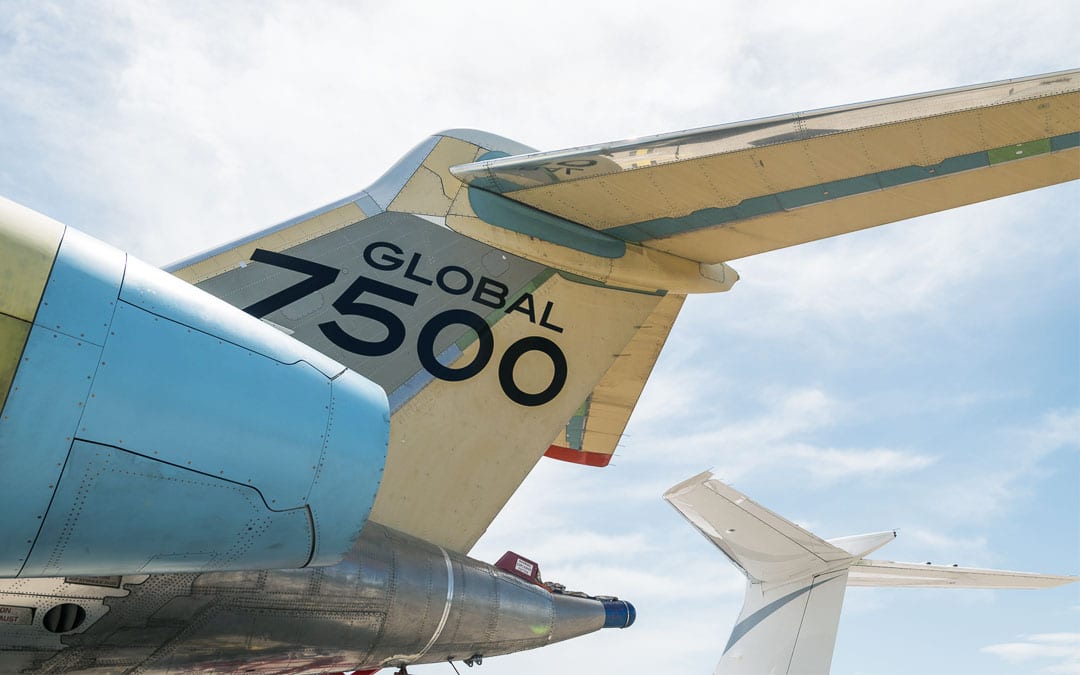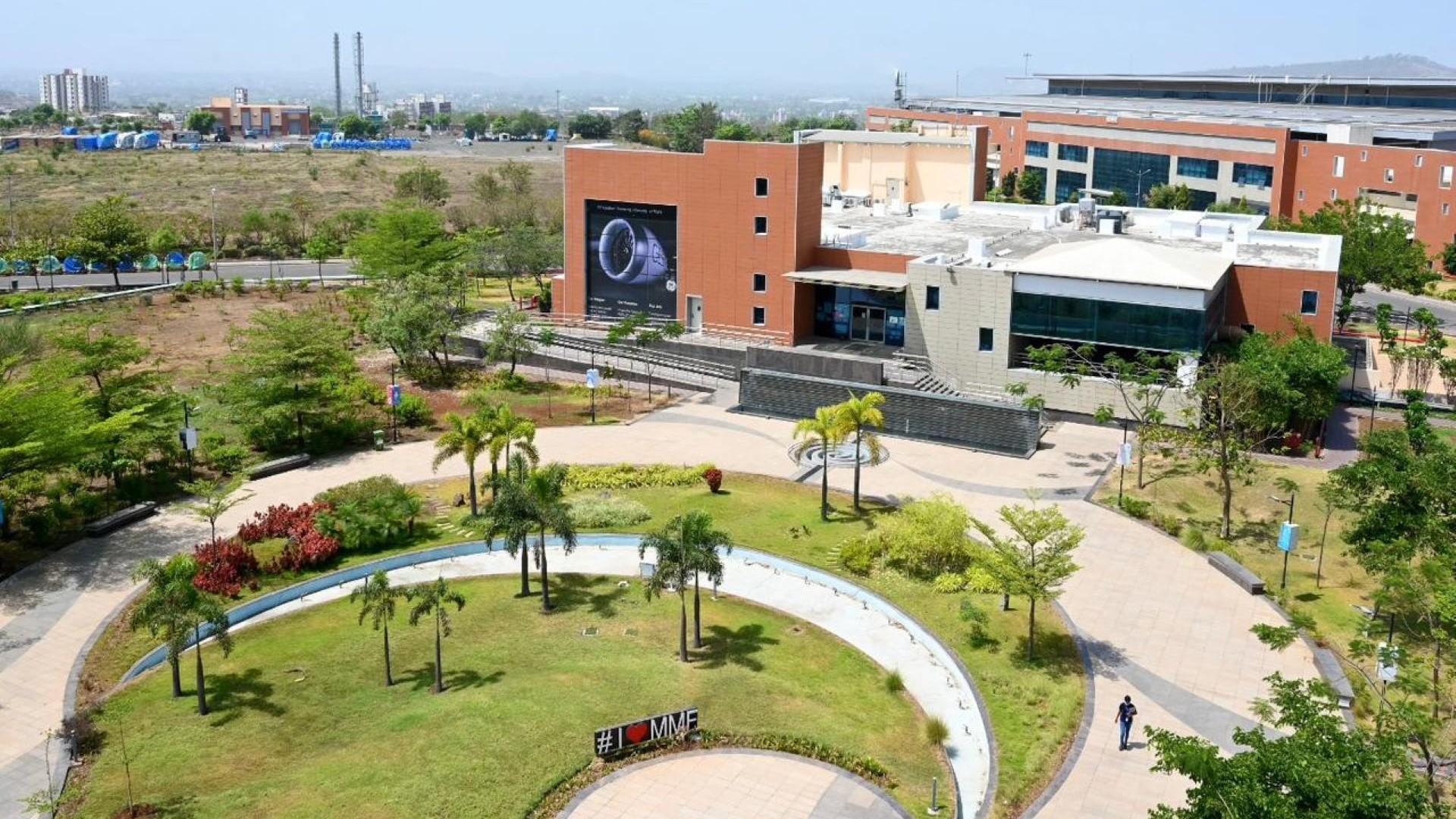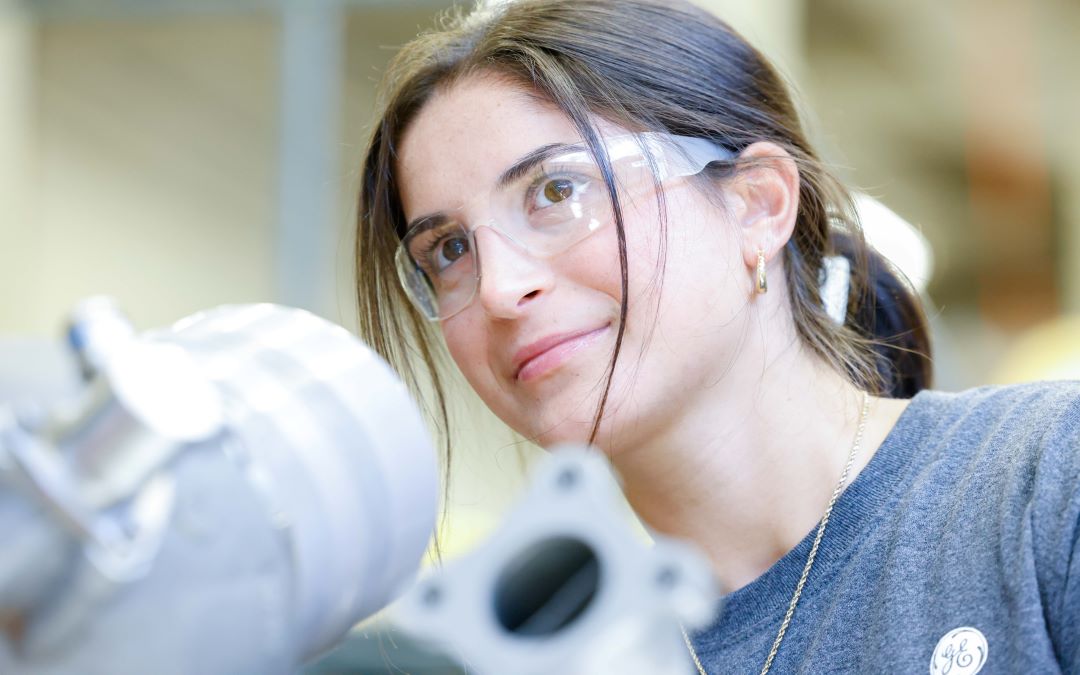Bombardier has new name for luxury business jet while Cessna gives Denali update
The European Business Aviation Convention and Exhibition (EBACE) is taking place this week in Geneva, Switzerland. EBACE is not be the biggest aviation show of the summer but generates major announcements in the business and general aviation sector.
For example, last year at EBACE, supersonic business jet builder Aerion announced it was teaming up with GE Aviation to define a potential supersonic engine for its AS2 model. Today, the two businesses continue making progress on the project. Aerion plans to fly its AS2 business jet in 2023 with certification scheduled for 2025. The Aerion AS2 is designed to reach a top cruising speed of Mach 1.4.
EBACE 2018 has already featured announcements regarding GE Aviation, including:
Bombardier’s Global 7000, powered by GE Passport, is renamed the Bombardier Global 7500
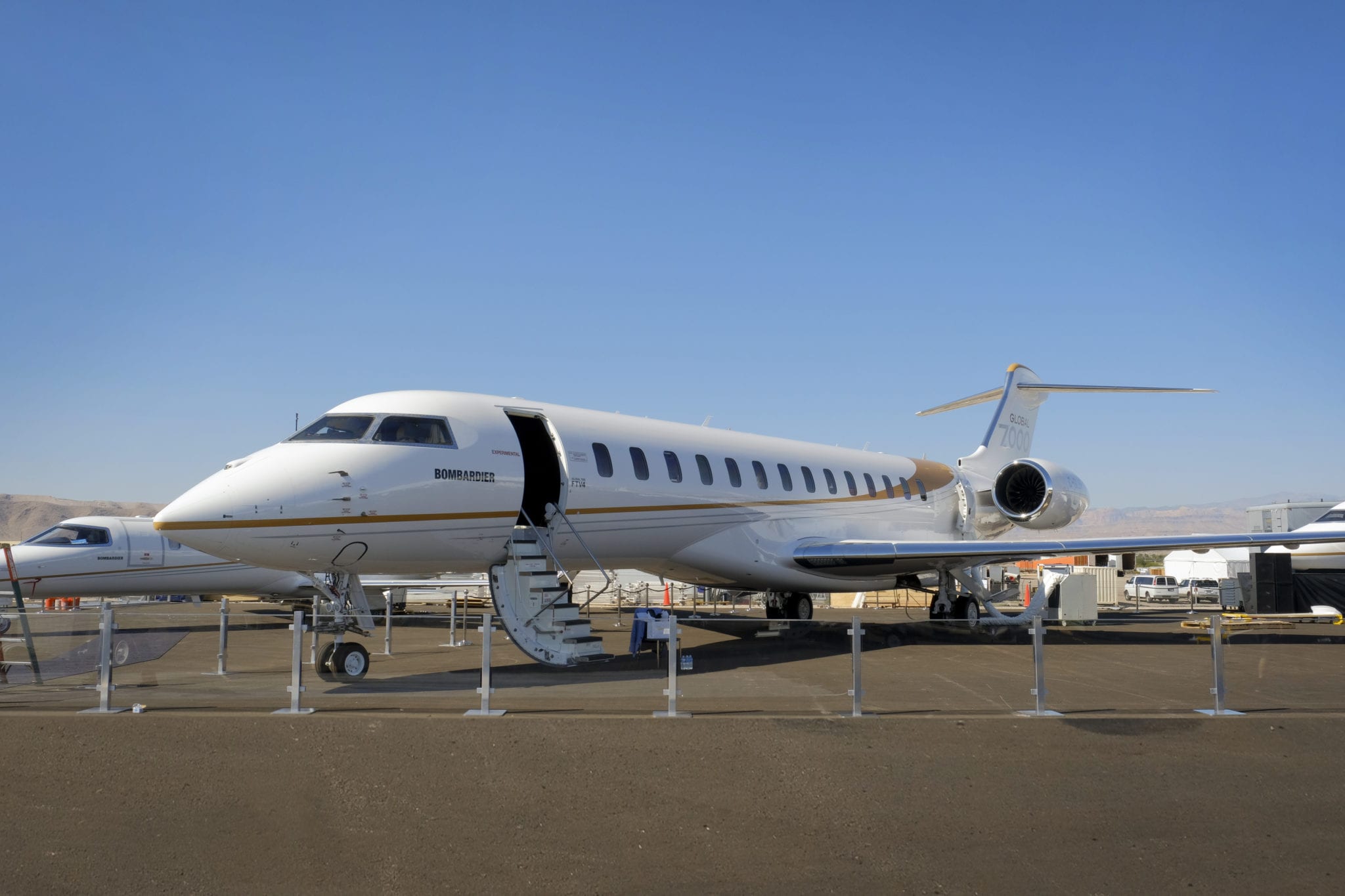
In April, Bombardier announced a 300-nautical-mile range increase on its flagship business jet to 7,700 nautical miles. To reflect its extended capability, Bombardier announced this week the Global 7000 is now the Global 7500.
GE’s Passport engine is scheduled to enter service on the Global 7500 later this year. To date, Bombardier has five flight test vehicles that have flown a combined 2,000 hours.
While Bombardier continues its flight tests, GE Aviation is preparing for entry into service of its Passport engine. GE Aviation is ramping up industrialization at its supply chain sites. Assembly of the engine is taking place at the GE Aviation Strother plant, while testing on the engine continues at GE’s Peebles operation.
GE Aviation is also ramping up its Passport support organization and adding resources in critical regions where Global 7500 customers will be based and operate.
GE has developed a Passport training curriculum and is offering courses complete with an integrated propulsion system. The business has also signed an agreement with Lufthansa Technik Aero Alzey (LTAA) for Passport mobile repair consistent with its current CF34 engine agreement.
Both GE and LTAA have been through Passport training and have been supporting Passport engine maintenance and repair activities for Global 7500 flight test.
The Cessna Denali is taking shape
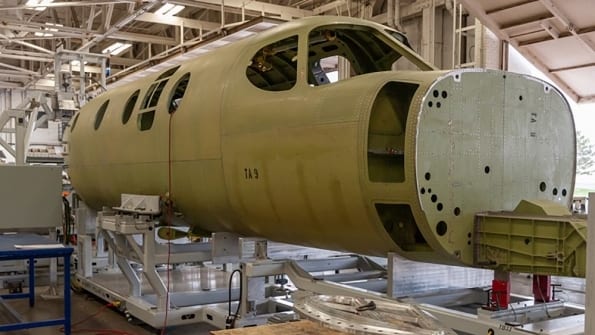
Cessna announced that fabrication of the nose section, fuselage, wings and tail cone of the first three flying Denali prototypes is underway, with a first flight targeted for early 2019.
GE is progressing on the Denali’s powerplant – the CatalystTM (formerly the Advanced Turboprop). GE Aviation will begin certification testing in the upcoming weeks on its newest turboprop. Since December, GE engineers have run the engine 60 hours, advancing from idle to full-power testing this spring and generating critical data on the engine.
“The engine is running well and the hardware looks great,” said Brad Mottier, president and general manager of GE Aviation's BGA and Integrated Systems organization. “Performance is at or above expectations. We look forward to altitude and ingestion tests which will kick off our certification program.”
Assembly work on the second Catalyst is near completion and the engine is scheduled to run this summer. It will be sent to Canada later this year for altitude testing.
“In the development of this aircraft, we’re combining proven processes used to design and develop our newest Citation jets with the innovative technology of GE’s new Catalyst engine to deliver customers a best-in-class aircraft,” said Rob Scholl, senior vice president of sales and marketing for Textron.
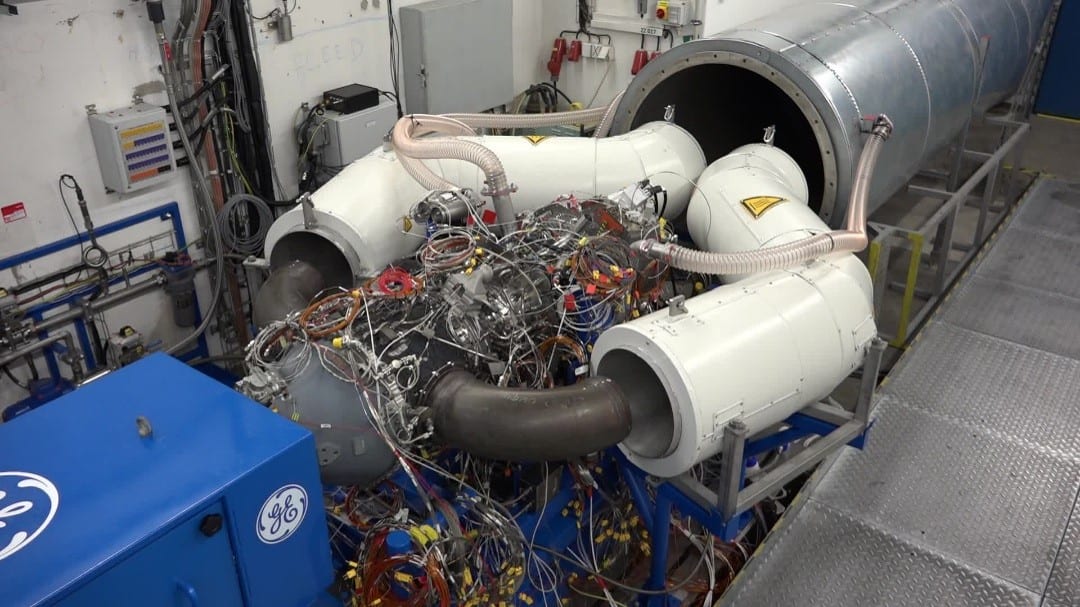
The Catalyst is the first all-new, clean-sheet engine in more than 30 years in the BGA market. The 1,240 SHP-rated engine is part of GE’s family of turboprop engines aimed at BGA aircraft in the 1,000-1,600 SHP range.
The engine features an industry-best 16:1 overall pressure ratio, enabling the engine to achieve as much as 20 percent lower fuel burn and 10 percent higher cruise power compared to competitor offerings in the same size class.
When installed on the Denali, these engine efficiencies allow for a larger cabin experience with a comfortable 6000-foot cabin altitude at a 30,000-foot cruising altitude, as well as class-leading, low cost of operation compared to smaller aircraft in the category.
In March, GE Aviation announced the new name.
“The Catalyst engine is redefining what a turboprop engine can do for pilots, airframers and operators in Business and General Aviation,” said Mottier. “It acts as a catalyst in an industry segment that has seen very little technology infusion in decades.”
By the time the Denali enters service in 2020, the engine will have completed more than 2000 hours of testing.
Honda Aircraft Company unveils the HondaJet Elite
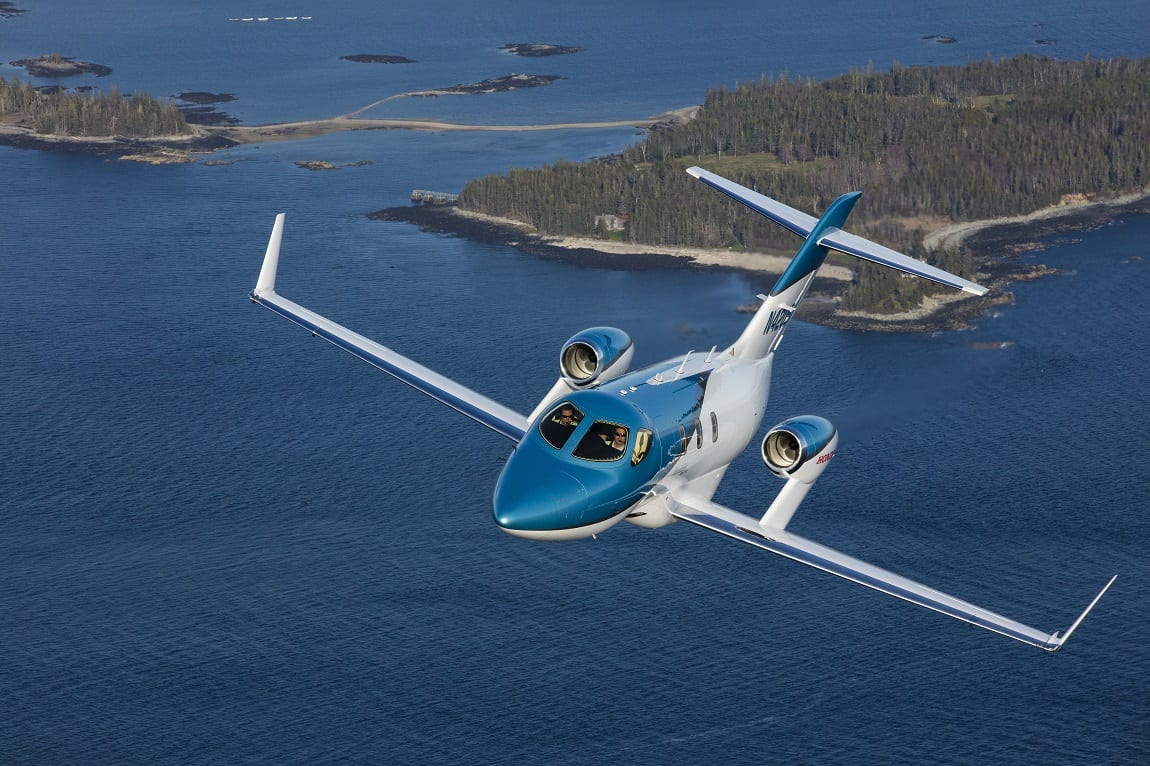
The Honda Aircraft Company announced it has upgraded its light jet with an extended range of 17 percent, as well as a newly developed noise attenuating inlet structure that lines each engine and greatly reduces high frequency noise to enhance cabin quietness.
The HondaJet Elite features an updated range of 1,437 nautical miles. It is powered by two GE Honda HF120 engines. GE and Honda teamed up in 2004 to create the GE Honda joint venture. The HF120 engine program was launched in 2006 and was selected to power Honda Aircraft Company's HondaJet.
Rated at 2,095 pounds of thrust, the HF120 engine is designed to set new standards of performance in fuel efficiency, durability, and low noise and emissions.
The HondaJet was the most delivered aircraft in its category in 2017 and has broken 13 speed records. The aircraft has a maximum cruise speed of 422 knots.
For more updates from EBACE, follow @geaviation on Twitter this week.
The European Business Aviation Convention and Exhibition (EBACE) is taking place this week in Geneva, Switzerland. EBACE is not be the biggest aviation show of the summer but generates major announcements in the business and general aviation sector.
For example, last year at EBACE, supersonic business jet builder Aerion announced it was teaming up with GE Aviation to define a potential supersonic engine for its AS2 model. Today, the two businesses continue making progress on the project. Aerion plans to fly its AS2 business jet in 2023 with certification scheduled for 2025. The Aerion AS2 is designed to reach a top cruising speed of Mach 1.4.
EBACE 2018 has already featured announcements regarding GE Aviation, including:
Bombardier’s Global 7000, powered by GE Passport, is renamed the Bombardier Global 7500

In April, Bombardier announced a 300-nautical-mile range increase on its flagship business jet to 7,700 nautical miles. To reflect its extended capability, Bombardier announced this week the Global 7000 is now the Global 7500.
GE’s Passport engine is scheduled to enter service on the Global 7500 later this year. To date, Bombardier has five flight test vehicles that have flown a combined 2,000 hours.
While Bombardier continues its flight tests, GE Aviation is preparing for entry into service of its Passport engine. GE Aviation is ramping up industrialization at its supply chain sites. Assembly of the engine is taking place at the GE Aviation Strother plant, while testing on the engine continues at GE’s Peebles operation.
GE Aviation is also ramping up its Passport support organization and adding resources in critical regions where Global 7500 customers will be based and operate.
GE has developed a Passport training curriculum and is offering courses complete with an integrated propulsion system. The business has also signed an agreement with Lufthansa Technik Aero Alzey (LTAA) for Passport mobile repair consistent with its current CF34 engine agreement.
Both GE and LTAA have been through Passport training and have been supporting Passport engine maintenance and repair activities for Global 7500 flight test.
The Cessna Denali is taking shape

Cessna announced that fabrication of the nose section, fuselage, wings and tail cone of the first three flying Denali prototypes is underway, with a first flight targeted for early 2019.
GE is progressing on the Denali’s powerplant – the CatalystTM (formerly the Advanced Turboprop). GE Aviation will begin certification testing in the upcoming weeks on its newest turboprop. Since December, GE engineers have run the engine 60 hours, advancing from idle to full-power testing this spring and generating critical data on the engine.
“The engine is running well and the hardware looks great,” said Brad Mottier, president and general manager of GE Aviation's BGA and Integrated Systems organization. “Performance is at or above expectations. We look forward to altitude and ingestion tests which will kick off our certification program.”
Assembly work on the second Catalyst is near completion and the engine is scheduled to run this summer. It will be sent to Canada later this year for altitude testing.
“In the development of this aircraft, we’re combining proven processes used to design and develop our newest Citation jets with the innovative technology of GE’s new Catalyst engine to deliver customers a best-in-class aircraft,” said Rob Scholl, senior vice president of sales and marketing for Textron.

The Catalyst is the first all-new, clean-sheet engine in more than 30 years in the BGA market. The 1,240 SHP-rated engine is part of GE’s family of turboprop engines aimed at BGA aircraft in the 1,000-1,600 SHP range.
The engine features an industry-best 16:1 overall pressure ratio, enabling the engine to achieve as much as 20 percent lower fuel burn and 10 percent higher cruise power compared to competitor offerings in the same size class.
When installed on the Denali, these engine efficiencies allow for a larger cabin experience with a comfortable 6000-foot cabin altitude at a 30,000-foot cruising altitude, as well as class-leading, low cost of operation compared to smaller aircraft in the category.
In March, GE Aviation announced the new name.
“The Catalyst engine is redefining what a turboprop engine can do for pilots, airframers and operators in Business and General Aviation,” said Mottier. “It acts as a catalyst in an industry segment that has seen very little technology infusion in decades.”
By the time the Denali enters service in 2020, the engine will have completed more than 2000 hours of testing.
Honda Aircraft Company unveils the HondaJet Elite

The Honda Aircraft Company announced it has upgraded its light jet with an extended range of 17 percent, as well as a newly developed noise attenuating inlet structure that lines each engine and greatly reduces high frequency noise to enhance cabin quietness.
The HondaJet Elite features an updated range of 1,437 nautical miles. It is powered by two GE Honda HF120 engines. GE and Honda teamed up in 2004 to create the GE Honda joint venture. The HF120 engine program was launched in 2006 and was selected to power Honda Aircraft Company's HondaJet.
Rated at 2,095 pounds of thrust, the HF120 engine is designed to set new standards of performance in fuel efficiency, durability, and low noise and emissions.
The HondaJet was the most delivered aircraft in its category in 2017 and has broken 13 speed records. The aircraft has a maximum cruise speed of 422 knots.
For more updates from EBACE, follow @geaviation on Twitter this week.
